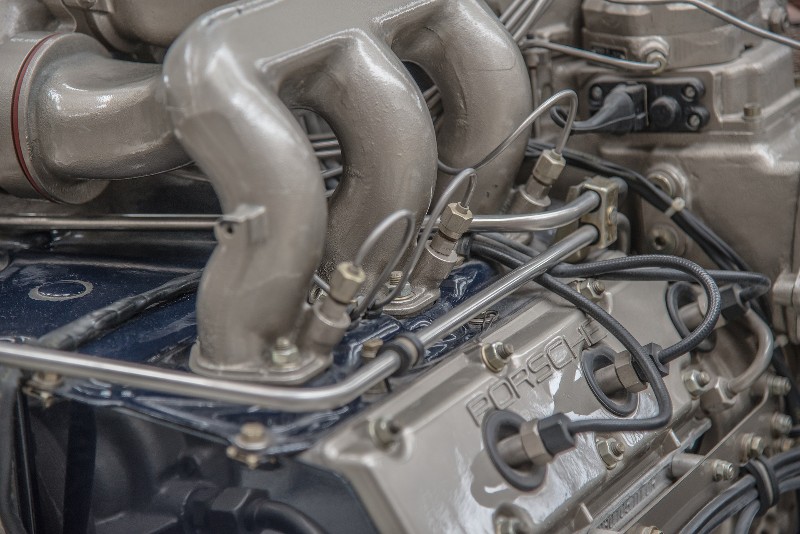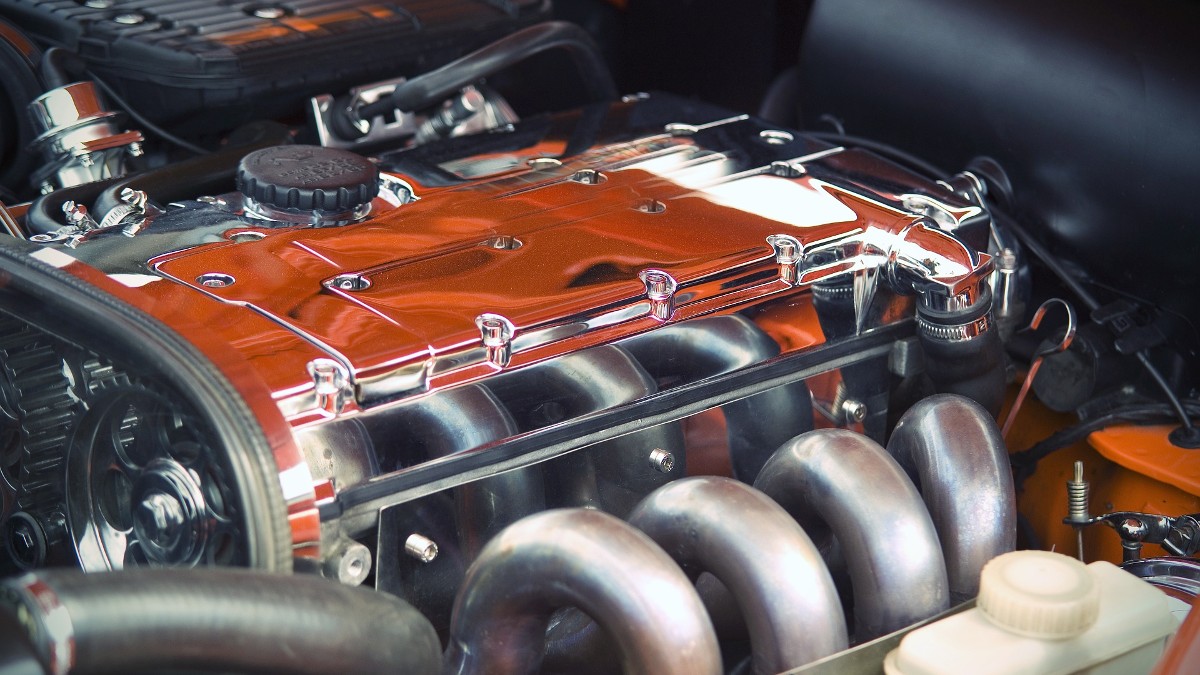Chances are you’ve heard of ‘retarding an engine’ once if you spend any time among car enthusiasts. You may have also read the term somewhere and or are not even familiar with it all. Either way, you’ll learn what it means to retard a vehicle in this article.
Retarding a car engine means slowing down the engine’s performance by adjusting the spark plug to fire later in the ignition cycle. This is usually done when the spark plug firing occurs faster than normal.
Your car’s engine should only be retarded when there is a need for it. Retarding your vehicle without any purpose may cause significant damage which is something you don’t want. Continue reading to learn more about engine retardation, when to do it, and how to do it.
Understanding What It Means To Retard An Engine
To retard an engine means to hinder the engine’s ability to provide the driving force. For a car, retarding the engine means slowing down the engine performance. You might wonder why anyone would want to slow down their car’s engine performance, but there are logical reasons for doing this. Such reasons may include gas mileage and subpar engine performance. When you retard your car’s engine, you are adjusting the ignition timing so that the spark plug fires slightly later on the engine
It’s common knowledge that a car’s engine has several moving parts that include the pistons, rods, pulleys, crankshaft, and camshaft. All these components move at specific times and function properly. As they move, the engine undergoes four piston strokes. The spark plug fires during this cycle and the timing of the firing is important as it has a significant effect on the performance of the car.
Understanding The Ignition Cycle
Many car owners are not familiar with the ignition cycle, so there’s a need to discuss it under a separate ending. The ignition cycle refers to the process by which the fuel in your vehicle’s engine undergoes combustion to create power. There are four stages in the ignition cycle of a 4-cycle engine, and they include intake, compression, power, and exhaust.
The point between compression and the power strokes at which the spark plug fires is referred to as the ignition timing. It is at this point that the piston is forced down the cylinder to generate horsepower. The ideal time for the spark to get fire is when the piston comes up during the compression stroke and before it reaches the top of its compression stroke (which is usually referred to as this”top dead center”).
It’s not unusual for the ignition cycle to change over time resulting in the spark plug firing at the less-than-optimum time. When this happens, the engine won’t function optimally, and there will be a need to retard or advance the engine.
When talking about retarding an engine, there’s also a need to about advancing an engine. As you may have already guessed, advancing an engine is the opposite of retarding it, and it involves modifying the ignition cycle to make the spark plug fire earlier than it currently does.

Reasons Why You May Need To Retard Your Car’s Engine
When the ignition timing of your car is off, you are bound to experience a number of performance issues. Paying attention to the signs is important as you can then have your car checked out by a mechanic.
The ignition timing may be too fast or too slow, which may necessitate the need to retard the engine or even advance it (more on this later). Below are telltale signs that something is wrong with your car’s engine:
Knocked Engine
When the ignition timing is off, the fuel mixture in the cylinder can be ignited too soon. When this happens, the mixture can push against the pistons that are trying to compress it, and a pinging sound will be heard as this happens.
So, when your engine makes a pinging or knocking sign, then something is wrong with the ignition timing.
Increased Fuel Usage
Remember we mentioned that the spark plug fires during ignition and that the time of the firing is important? If the spark plug fires at the wrong time, then the engine will consume more fuel to compensate for it. This results in increased fuel usage. So, it makes sense for car owners to have their vehicles checked out for ignition problems if it’s consuming too much fuel.
Overheating
When the ignition timing is off, the fuel mixture can combust too early, resulting in a greater than normal level of heat. When this happens, excessive heating can damage some components of the engine, and if it’s not detected and fixed on time, it can even damage the engine.
Reduced Power
The wrong ignition timing can result in reduced power and hence reduced performance of the engine when the spark plug is firing at the wrong time.
How To Retard An Engine
How you retard (or advance) your car’s engine depends on if it has an old-style 4-stroke engine or an electronic ignition. A newer car with electronic ignition doesn’t require retarding or advancing the ignition cycle.
If your car has a 4-stroke engine, you have to first find the current timing number with a timing light or gun. You should have someone increase the speed of the engine i.e. revving it, while you find out the timing number. Then, increase or decrease the timing by rotating the car’s distributor. The process, explained step by step, will be like this:
Step 1: Park your vehicle on any level surface and apply the hand brake or parking brake to keep the vehicle completely motionless. Then, open the hood.
Step 2: Find your car’s distributor. Usually, the distributor is located near the top of the engine at the back of the engine block. It can also be at the front of the engine block in some car models.
Step 3: At the base of the distributor is an adjustable mounting bolt. Turning this bolt can retard the performance of the vehicle. The bolt is easily recognized. Locate it.
Step 4: To advance an engine, the mounting bolt must be turned in a counterclockwise or anti-clockwise direction. Be careful not to over-adjust the distributor if your vehicle needs to be advanced. A slight movement is usually all that is needed for a significant change in ignition timing.
Step 5: To retard the engine, turn the distributor in a clockwise direction.
Step 6: Road-test the vehicle to see if the desired results have been achieved. Fine-tune your adjustments by repeating the above procedures.

